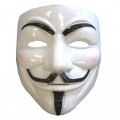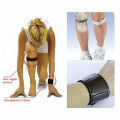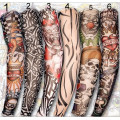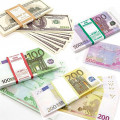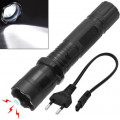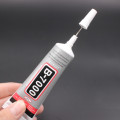Made in China. Myths about the Chinese quality. Is it worth to buy Chinese goods?
Is it worth to buy Chinese goods?
Unfortunately, the distrust of the Chinese manufacturers is still very strong among the Latvian residents. This myth is also supported by some sellers who make their customers pay extra charge for brands.
The point is that in the nineties of the XX century on the previously empty shelves there appeared cheap goods from China; they broke and malfunctioned regularly and provided a poor sound or image. At that moment the low cost of the Chinese products represented their core value.
However, by 2008 China managed to become the world’s largest exporter of consumer goods, outrunning the EU states in these terms. Industrial machinery, household appliances, clothes and footwear marked “Made in China” became regulars on the shelves of the world’s supermarkets.
At the same time the best-known corporations transferred their production sites to China. The labels on the clothes and household equipment showed “Designed in Germany, Made for Adidas”. In order to normalize labelling of the origin of goods the European Union adopted the regulation on the obligation to indicate complete and reliable information on the place of their production. Therefore, the labelling “Made in China” appeared on branded articles under pressure. However, global manufacturers were not obliged to comply with the European regulations and, for example, the labels on the products of the American company Apple still read “Designed in California. Manufactured in China”.
Present-day China is the centre of modern industry. This is where more than a half of all US and European production resources are concentrated.
Chinese quality today is no longer a word combination to put quotes around. Quite the opposite – Chinese today means a real quality. More than a third of all highly intelligent electronics in the world for as long as two decades in a row has been exported from China.
Moreover, today purely Chinese brands have appeared on the world’s market, which compete successfully with other well-known brands – Lenovo, Xiaomi, Asus, Haier, and Zealot. Another trend shows that global brands previously purchased by Chinese businesses, such as, for example, automotive manufacturer Hummer, these days are produced in China from top to bottom.
Europe has long since lost its position of the largest supplier of goods. Phrases like “Austrian quality” have become an atavism for an intelligent person, just like “Czech sanitary ware” or “Finnish wallpaper”, as everyone knows that most of global companies had moved their production sites to China.
Do not live by myths, think of present!

